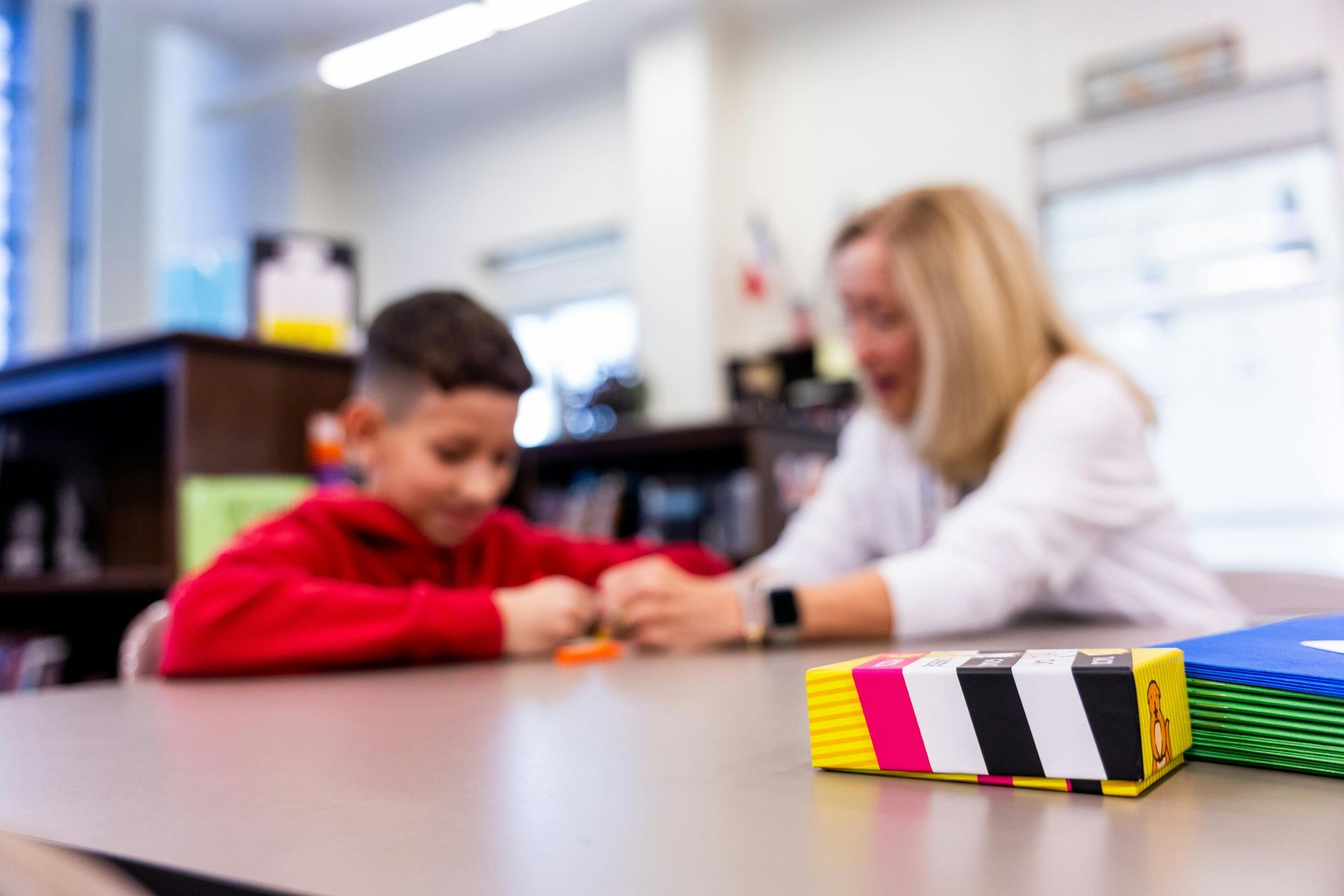Prioritising Mental Health for Educators
10 Tips to making your Mental Health a priority
In the demanding world of education, teachers often find themselves juggling numerous responsibilities, from lesson planning to student engagement, all while striving to create a supportive learning environment. The pace and nature of the school environment can sometimes overshadow a critical aspect of the professional and personal lives of educators: mental health. Prioritising mental health for educators is not just beneficial for the individuals themselves but also for the students and the broader school community.
Here are some strategies to help educators maintain their mental well-being.
1. Establish Boundaries
Setting clear boundaries between work and personal life is essential. While it’s tempting to take work home, it’s crucial to designate time for relaxation and personal activities. Allocating specific hours for school-related tasks and sticking to them can help prevent burnout and ensure a healthy work-life balance.
2. Practise Mindfulness and Relaxation Techniques
Incorporating mindfulness and relaxation exercises into daily routines can significantly reduce stress. Techniques such as deep breathing, meditation, or even a few minutes of quiet reflection can help educators manage stress and maintain a calm and focused mind.
3. Seek Professional Support
Just as students benefit from guidance and counselling, educators too should seek professional support when needed. Regular sessions with a mental health professional can provide a safe space to discuss challenges and develop coping strategies. Schools should encourage this by providing access to counselling services.
4. Foster a Supportive Work Environment
A supportive and collaborative work environment can make a significant difference. Colleagues can be a great source of support, offering empathy and understanding. Encouraging open communication and creating a culture where mental health is discussed openly can help educators feel less isolated in their struggles.
5. Engage in Physical Activity
Regular physical activity is a proven method to boost mental health. Exercise releases endorphins, which can help improve mood and reduce anxiety. Whether it’s a morning jog, a yoga session, or even a walk during lunch breaks, physical activity can be a powerful tool for maintaining mental well-being.
6. Prioritise Sleep
Quality sleep is fundamental to mental health. Educators should strive to maintain a regular sleep schedule, aiming for 7-9 hours per night. Creating a restful sleep environment and avoiding screens before bedtime can help improve sleep quality.
7. Stay Connected
Maintaining connections with friends and family can provide emotional support and a sense of belonging. Engaging in social activities, even virtually, can help alleviate feelings of stress and isolation.
8. Continuous Professional Development
Engaging in professional development can also enhance mental well-being. Learning new skills and staying updated with the latest educational trends can increase job satisfaction and reduce stress associated with feeling outdated or unprepared.
9. Healthy Nutrition
A balanced diet can impact mental health. Consuming a variety of nutrients supports brain function and energy levels, helping educators stay focused and resilient throughout the day.
10. Personal Hobbies and Interests
Pursuing personal interests outside of work can provide a much-needed break from the demands of teaching. Whether it’s reading, gardening, or any other hobby, these activities can help educators recharge and maintain a healthy balance.
Afterthoughts
Prioritising mental health is not a luxury but a necessity for educators. By implementing these strategies, teachers can maintain their well-being, ensuring they are in the best position to inspire and educate their students. Schools play a pivotal role in this by fostering supportive environments and providing necessary resources to promote mental health.
Remember, a healthy educator is a more effective educator.









